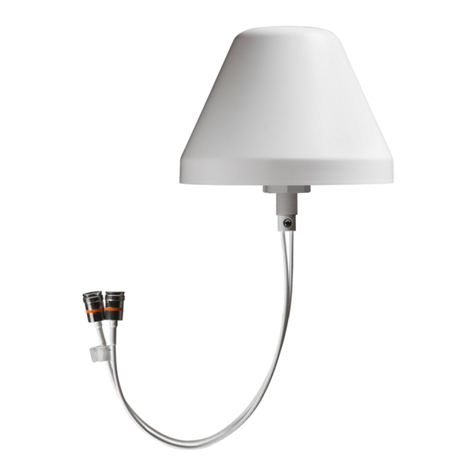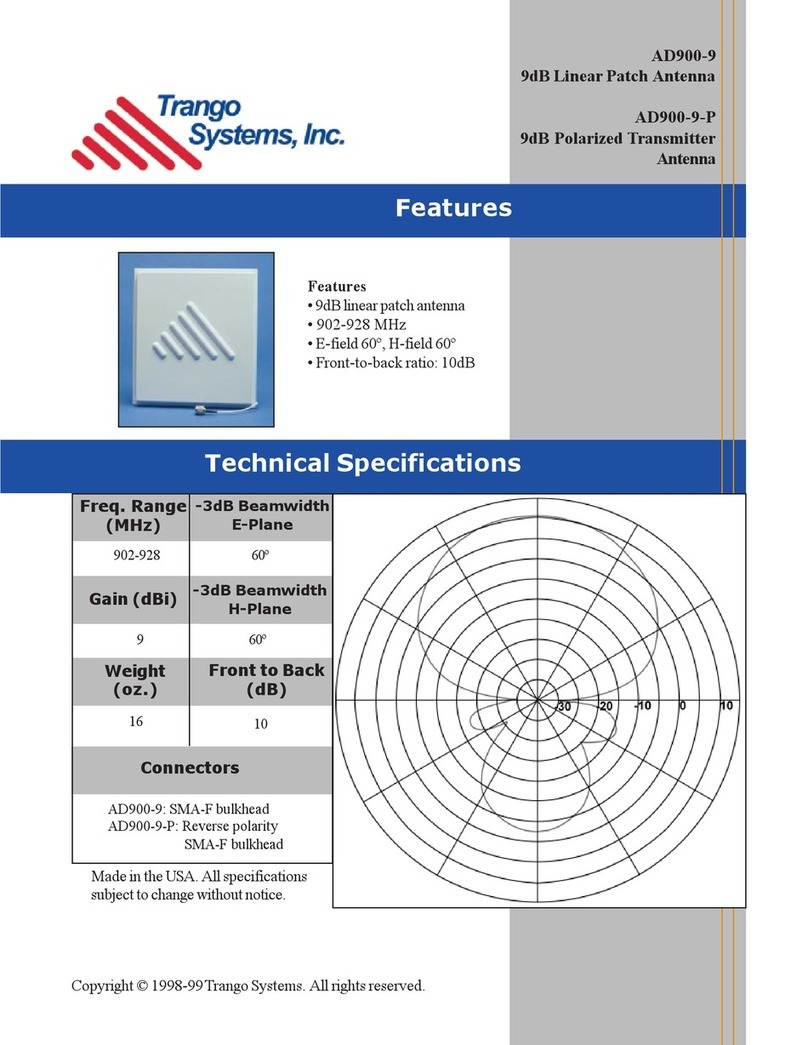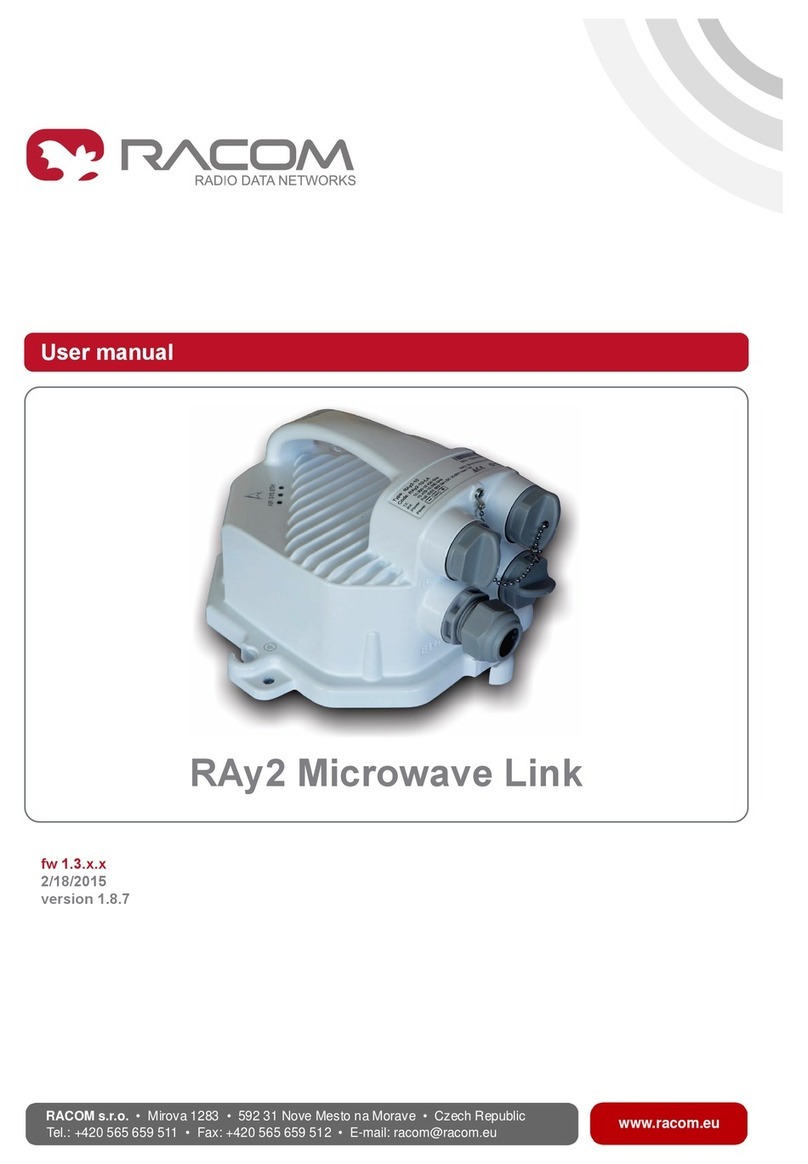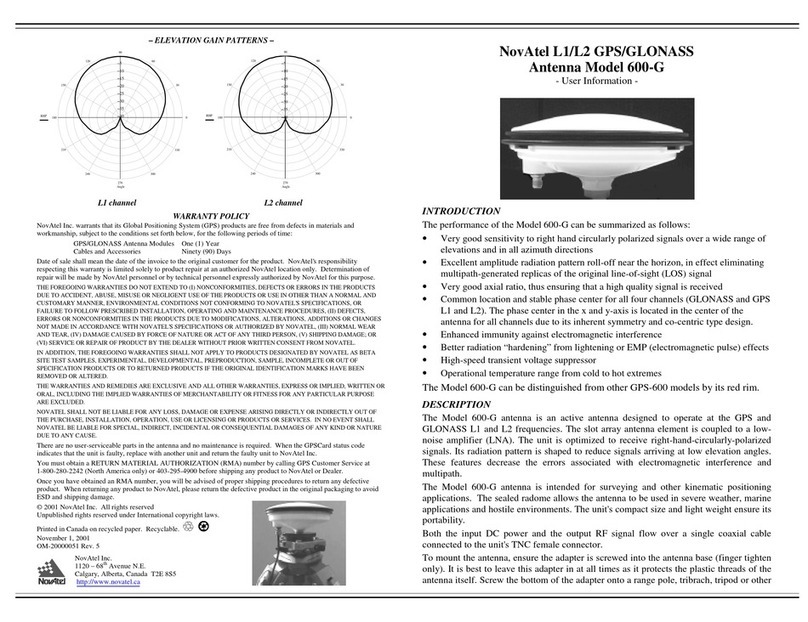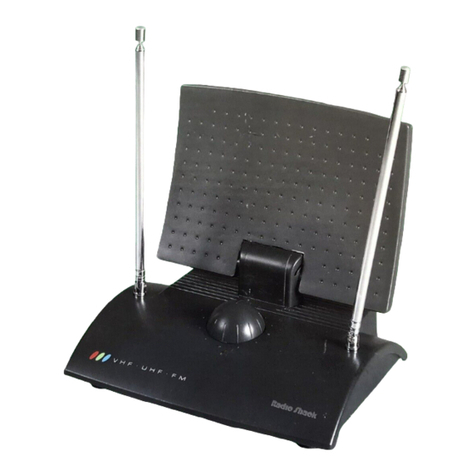
Table of Contents
Important Notice .................................................................................................................................. 5
Quick Start Guide ................................................................................................................................ 6
List of documentation .......................................................................................................................... 7
1. RAy – Microwave Link ..................................................................................................................... 8
2. Implementation Notes ................................................................................................................... 10
2.1. Link calculation ................................................................................................................... 10
2.2. Example of microwave link design ..................................................................................... 16
3. Product .......................................................................................................................................... 19
3.1. Range of models ................................................................................................................ 20
3.2. Installation .......................................................................................................................... 20
3.3. Status LEDs ....................................................................................................................... 22
3.4. Technical parameters ......................................................................................................... 22
3.5. Dimensions ......................................................................................................................... 23
3.6. Ordering codes ................................................................................................................... 24
3.7. Accessories ........................................................................................................................ 25
4. Step-by-step Guide ....................................................................................................................... 27
4.1. Service access ................................................................................................................... 28
4.2. Basic link configuration ....................................................................................................... 32
4.3. Link test .............................................................................................................................. 33
5. Installation ..................................................................................................................................... 35
5.1. Line of sight test ................................................................................................................. 35
5.2. Antenna mounting .............................................................................................................. 35
5.3. Connectors ......................................................................................................................... 47
5.4. Grounding ........................................................................................................................... 53
5.5. Start up ............................................................................................................................... 57
6. Configuration ................................................................................................................................. 62
6.1. Status bar ........................................................................................................................... 64
6.2. Status ................................................................................................................................. 65
6.3. Settings ............................................................................................................................... 68
6.4. Diagnostics ......................................................................................................................... 83
6.5. Tools ................................................................................................................................... 88
6.6. Help .................................................................................................................................... 98
7. Command Line Interface ............................................................................................................. 100
7.1. Connection via CLI ........................................................................................................... 100
7.2. Working with CLI .............................................................................................................. 101
7.3. Configuration with CLI ...................................................................................................... 103
8. Troubleshooting ........................................................................................................................... 105
9. Technical parameters .................................................................................................................. 106
9.1. General parameters ......................................................................................................... 106
9.2. RAy11 A,B parameters ..................................................................................................... 112
9.3. RAy11 C,D parameters ..................................................................................................... 127
9.4. RAy17 parameters ............................................................................................................ 133
9.5. RAy24 parameters ............................................................................................................ 143
10. Safety, environment, licensing ................................................................................................... 159
10.1. Frequency ...................................................................................................................... 159
10.2. RoHS and WEEE compliance ........................................................................................ 159
10.3. Conditions of Liability for Defects and Instructions for Safe Operation of Equipment .... 159
10.4. Important Notifications .................................................................................................... 160
10.5. Warranty ......................................................................................................................... 161
10.6. Declaration of Conformity ............................................................................................... 162
10.7. Country of Origin Declaration ......................................................................................... 165
3© RACOM s.r.o. – RAy Microwave Link






